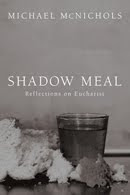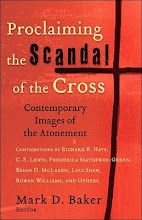
Chapter Zero
When he heard the sound of raindrops tapping against the living room window he knew it wasn’t rain but rather the clicking and scraping of fingernails, torn and bloody, arching from fingers that should have seen the grave long ago. He rolled off the couch where he had been sleeping and stumbled into his tiny kitchen, careful to keep his throbbing eyes trained to the floor. The clicking against the window ceased.
He picked up a tumbler from the cluttered sink and rinsed it out with tap water, then filled it half way. The water tasted flat and lifeless and he spit it into the sink, the steel wool feeling in his mouth unabated. He opened a cupboard and cracked the seal on a fresh bottle of Scotch. The amber liquid splashed into the tumbler and paused at one finger, then settled at two. He held the drink under his nose, inhaling from habit into olfactory senses deadened long ago by alcohol. The Scotch burned his tongue with familiar fire.
The weight of the bottle felt promising in his hand as he carried it toward his perch on the couch. He stopped abruptly when he saw the figure sitting there, first appearing as his ex-wife, then becoming a former colleague and, finally, transforming into an ape of comic proportions before disappearing. The space remained empty. He made his way to the other side of the couch and sat down heavily, drops of Scotch fleeing the glass and spattering unnoticed across the front of his soiled t-shirt.
He was not dead yet, and he wondered why not. He had been alone for a year and his drunken slide toward death remained at bay. He thought he had shut himself off from all that had come before, all that had been lost, the disasters that had driven him to this place, but the memories returned, rehearsing and re-enacting the comic nightmare that was the story of his life. He drained his glass and poured again.
Something shifted in the bedroom. He listened as a body fell from the bed and crumpled to the floor. It crawled—no, lurched—toward the door but he refused to look. He squeezed his eyes shut and gritted his teeth, raggedly whispering stop, stop, stop. The thing reached the doorway and then made no more sounds. He opened his eyes and turned to see nothing.
The drink burned again, his stomach tightening at the fresh introduction of alcohol. He wished again for dreamless sleep, but instead the video began its replay in his head. He closed his eyes, sat back, and let the story roll.



























